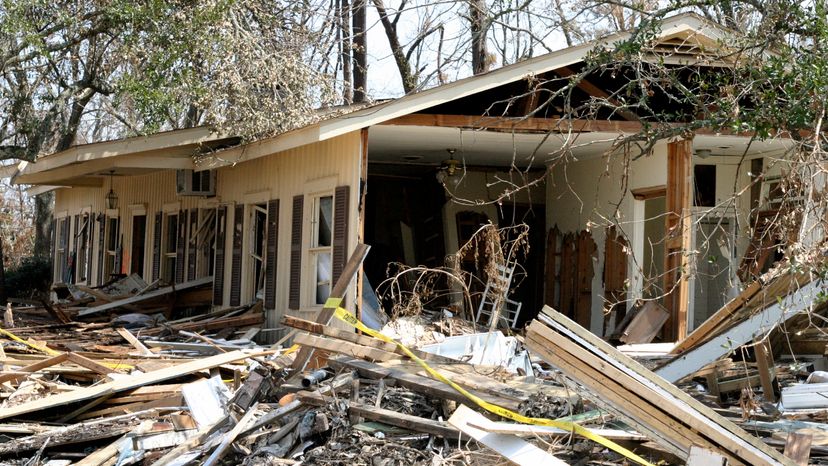In the face of immense adversity, countless individuals and organizations stepped up to provide rescue and humanitarian aid to those affected by Hurricane Katrina. Some of the key responders included:
- The Coast Guard
- FEMA
- National Guard
- Countless citizen volunteers
These brave individuals conducted search and rescue efforts, braving treacherous conditions to save lives.
Non-governmental organizations, faith-based groups, and private sector entities also played a crucial role in providing assistance to the storm’s victims, offering food, shelter, and support in the disaster’s aftermath.
Search and Rescue Operations
The search and rescue operations during Hurricane Katrina were among the most expansive in the nation’s history. Agencies such as:
- Coast Guard
- FEMA
- National Guard
- Countless citizen volunteers
During the time of President George W., rescue teams worked tirelessly to save lives. As the floodwaters rose, rescuers navigated the treacherous conditions, often using boats to reach stranded residents and bring them to safety.
These efforts highlighted the bravery and resilience of those involved in the rescue operations, as well as the need for better coordination and planning in future disaster responses.
Humanitarian Aid Contributions
In addition to the efforts of government agencies, numerous non-governmental organizations, faith-based groups, and private sector entities provided much-needed humanitarian aid to the victims of Hurricane Katrina. Organizations such as Direct Relief, Americares, and the Red Cross supplied medical aid, support for community clinics, and assistance with shelter, food, and emotional support.
These contributions played a vital role in helping the affected communities recover and rebuild in the aftermath of the storm, demonstrating the power of solidarity and cooperation in the face of adversity.
